Part 2 of 2 Parts (Please read Part 1 first)
In an email statement to New Hampshire Public Radio, Orlove attempted to assuage any concerns about the quality of the plant’s emergency plans. He said, “The proposed plan does not change the number of full-time employees at Seabrook Station and does not move emergency response roles out of state. All our on-site personnel would respond, as they would now, to an emergency at Seabrook Station. Understand that we already have a robust emergency response organization and processes at each nuclear facility. This change proposes a hybrid emergency response program that would allow experts at our other locations to provide support, if needed.”
Orlove said that the company previously had to fill each emergency role from staff at each nuclear plant. He said that this “meant less flexibility. We need to have depth (“bench strength,” if you will) in all our emergency roles. Currently, some personnel are assigned to roles that the company has determined are not necessary. Eliminating those roles makes additional site personnel available for the roles that are needed.”
A few positions will be designated “remote,” according to Orlove. That means that those jobs could be performed by the personnel within the area of the nuclear facility or by personnel from another nuclear facility.
He said that NextEra was proposing extending response times for some positions during emergencies because training and simulations “demonstrates that on-site personnel are fully capable of managing one of our facilities in an emergency for extended periods of time,” and a longer response time would allow employees “greater flexibility” when they’re not working at the plant.
In response to questions about how remote communications could fail during a weather emergency, he said that remote communications currently take place daily, and has always been part of the emergency plan, given that the current emergency response facility is 10 miles away from the plant.
Orlove went on to say that “All our nuclear facilities, including Seabrook Station, already include remote response roles in emergencies and any increased incorporation of remote responses in the emergency plan does not in any way impair the site’s emergency response preparedness.”
Federal lawmakers from New Hampshire and Massachusetts have sent letters to the NRC, asking them to ensure the changes don’t diminish public safety and encouraging them to help the public learn about the plans before deciding whether to approve them.
On December 5th, the New Hampshire congressional delegation wrote “We recognize the need for coordinated planning and synchronization among facilities and appreciate efforts to focus on emergency preparedness. However, we have serious questions about the details in the proposed plan related to staffing locally in Seabrook, New Hampshire.”
Lawmakers asked how the plan revisions would improve safety. They wanted to know whether NextEra would reduce the number of full-time employees that hold emergency response roles. They were also worried about how increasing remote response positions would impact safety. The legislators urged the commission to ensure the public has an opportunity to provide comments about the plans.
Senators Ed Markey and Elizabeth Warren sent a letter on Dec. 21 urging the commission to reject changes that would decrease safety for people living near nuclear plants.
“We strongly believe that the NRC’s pending decision must prioritize public safety over potential cost savings for the operator,” they wrote.
The NRC said they had not set an expected date for their decision.
Blog
-
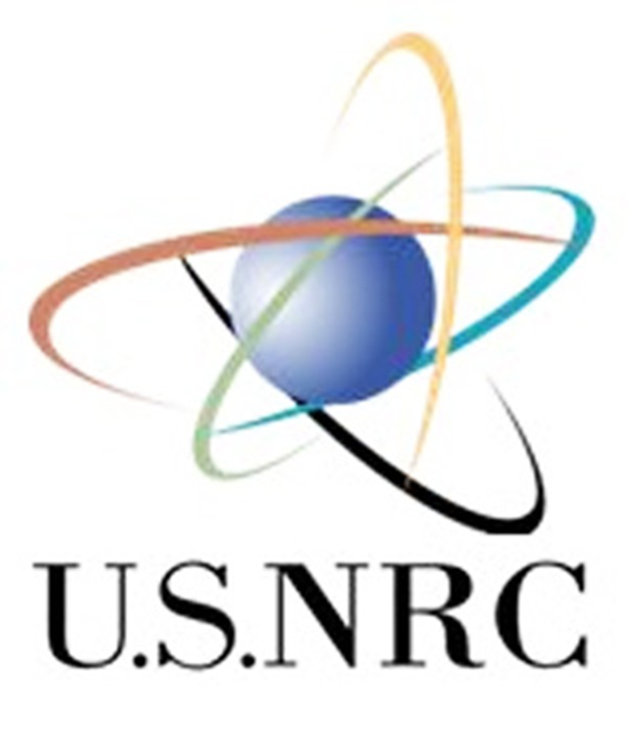
Nuclear Reactors 1338 – NextEra Energy Wants To Make Reductions In Its Emergency Plan For Nuclear Accidents – Part 2 of 2 Parts
-
Nuclear News Roundup January 16, 2024
Nuclear Medicine Market to Increase by USD 8.06 Billion, Analyzing Growth Opportunities in Radiotherapeutics Segment – Technavio finance.yahoo.com
Ukraine war drives shift in Russian nuclear thinking – study reuters.com
Think the Sentinel nuclear program is pricey? Try living without it. Defensenews.com
New NEA high-level group will tackle stakeholder engagement, trust, transparency and social sciences oecd-nea.org
-
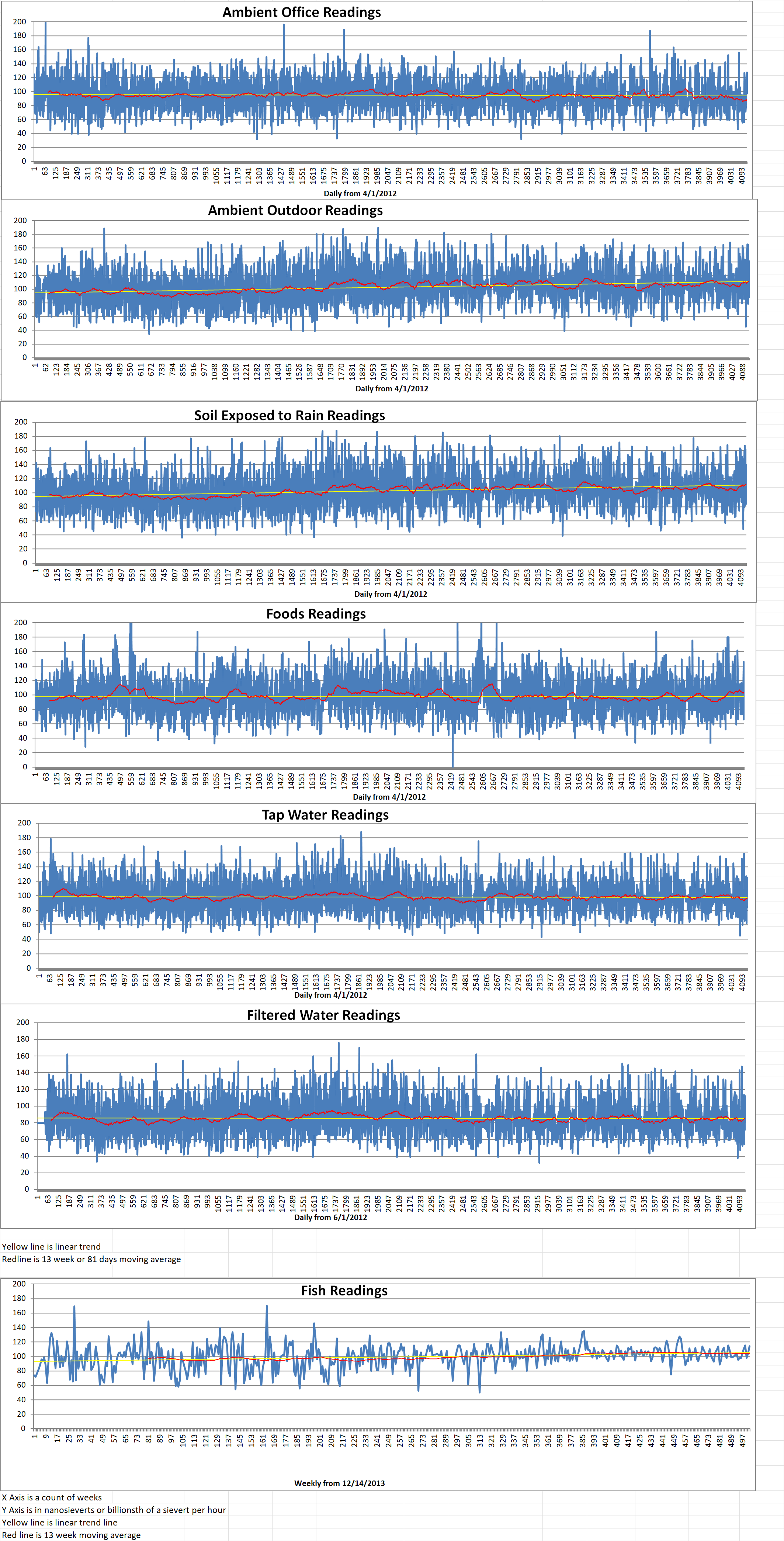
Geiger Readings for January 16, 2024
Ambient office = 56 nanosieverts per hour
Ambient outside = 45 nanosieverts per hour
Soil exposed to rain water = 48 nanosieverts per hour
Avocado from Central Market = 115 nanosieverts per hour
Tap water = 69 nanosieverts per hour
Filter water = 60 nanosieverts per hour
-
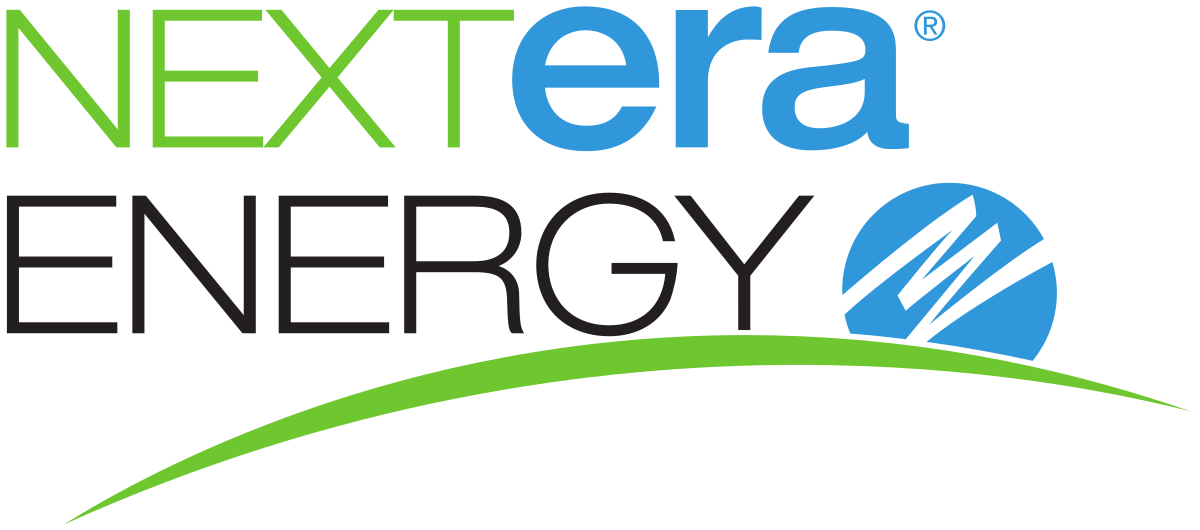
Nuclear Reactors 1337 – NextEra Energy Wants To Make Reductions In Its Emergency Plan For Nuclear Accidents – Part 1 of 2 Parts
Part 1 of 2 Parts
NextEra Energy owns the Seabrook Nuclear plant and it is proposing changes to its emergency response plan. Advocates and lawmakers in New Hampshire and Massachusetts have raised concerns about whether it would reduce protections in the case of a nuclear emergency.
NextEra has filed a proposal with the U.S. Nuclear Regulatory Commission (NRC) to standardize emergency plans for four nuclear power plants. These include the Seabrook in New Hampshire, Point Beach in Wisconsin, and St. Lucie and Turkey Point in Florida.
The NextEra proposal includes 49 changes characterized as potential “reductions in effectiveness.” In the filing, they say they’ve provided “detailed justification” for those requested changes. They added that the plan “continues to provide an adequate response to radiological emergencies.”
Changes described as potential reductions in effectiveness in the proposal include NextEra seeking to reduce the number of staff assigned to particular emergency functions. They want to increase response times for certain emergency response positions from 60 minutes to 90 minutes.
Scott Burnell is a spokesperson for the NRC. He said that “reduction in effectiveness” refers to a proposed change that would be less effective than the company’s current plan. However, he noted that regulators would “reject any changes that would fail to effectively protect the public. The NRC requires nuclear power plants to have emergency preparedness procedures that will effectively protect the public if necessary. A plant’s existing procedures can exceed that standard, so a “reduction in effectiveness” in that case will continue to effectively protect the public. A “reduction in effectiveness” cannot result in an ineffective plan.”
Bill Orlove is a spokesperson for NextEra. He said that a reduction in effectiveness “does not imply that the change is degrading emergency preparedness. In fact, most of the changes that are in that list are consistent with current NRC guidelines or industry standards, but we must still characterize them as reductions, compared to the last emergency plan that was approved by NRC.”
Sarah Abramson leads the C-10 Research and Education Foundation (CREF). It is a group that advocates for safety for people who live near the Seabrook plant. She says her group is concerned about the changes. She specifically mentioned the potential reliance on people working remotely if an emergency were triggered by a storm.
Abramson said, “Weather events have coinciding consequences. They cause widespread power outages. They can affect cellular communication. The more you place reliance on remote wireless communication as your sort of sole singular plan to communicate in an emergency, I think we’re walking down a dangerous road of having many single points of.”
For Abrahamson, a “reduction in effectiveness,” whether bureaucratic terminology or not, is a cause for concern.
She added that, “We want to see Chairman Hanson and the rest of the commission, when they’re looking at this type of proposal, or this one specifically, to reject anything that would reduce the effectiveness of an emergency plan. Even one reduction in effectiveness is unacceptable, let alone 49.”
Please read Part 2 next -

Geiger Readings for January 15, 2024
Ambient office = 80 nanosieverts per hour
Ambient outside = 100 nanosieverts per hour
Soil exposed to rain water = 101 nanosieverts per hour
Mini cucumber from Central Market = 73 nanosieverts per hour
Tap water = 158 nanosieverts per hour
Filter water = 148 nanosieverts per hour
-
Nuclear News Roundup January 15, 2024
Hinkley Point C nuclear power station delayed by up to four more years uk.news.yahoo.com
Estonia plans small nuclear reactor to quit oil shale by 2030 euractiv.com
IAEA Delivers Report to Estonia on its Nuclear Power Infrastructure Development iaea.org
Japan’s TEPCO Tests Drones for Wrecked Nuclear Plant in Decommissioning First usnews.com
-
Nuclear News Roundup January 14, 2024
Russia’s Putin to visit Egypt to lay foundation of El-Dabaa nuclear power plant newarab.com
Microsoft hires Archie Manoharan as director of nuclear technologies, joins from micro modular reactor firm datacenterdynamics.com
Seoul doubts North Korea’s underwater nuclear test rfa.org
Biden Drops Nuclear Regulator Nominee After Senate Backlash huffpost.com
-
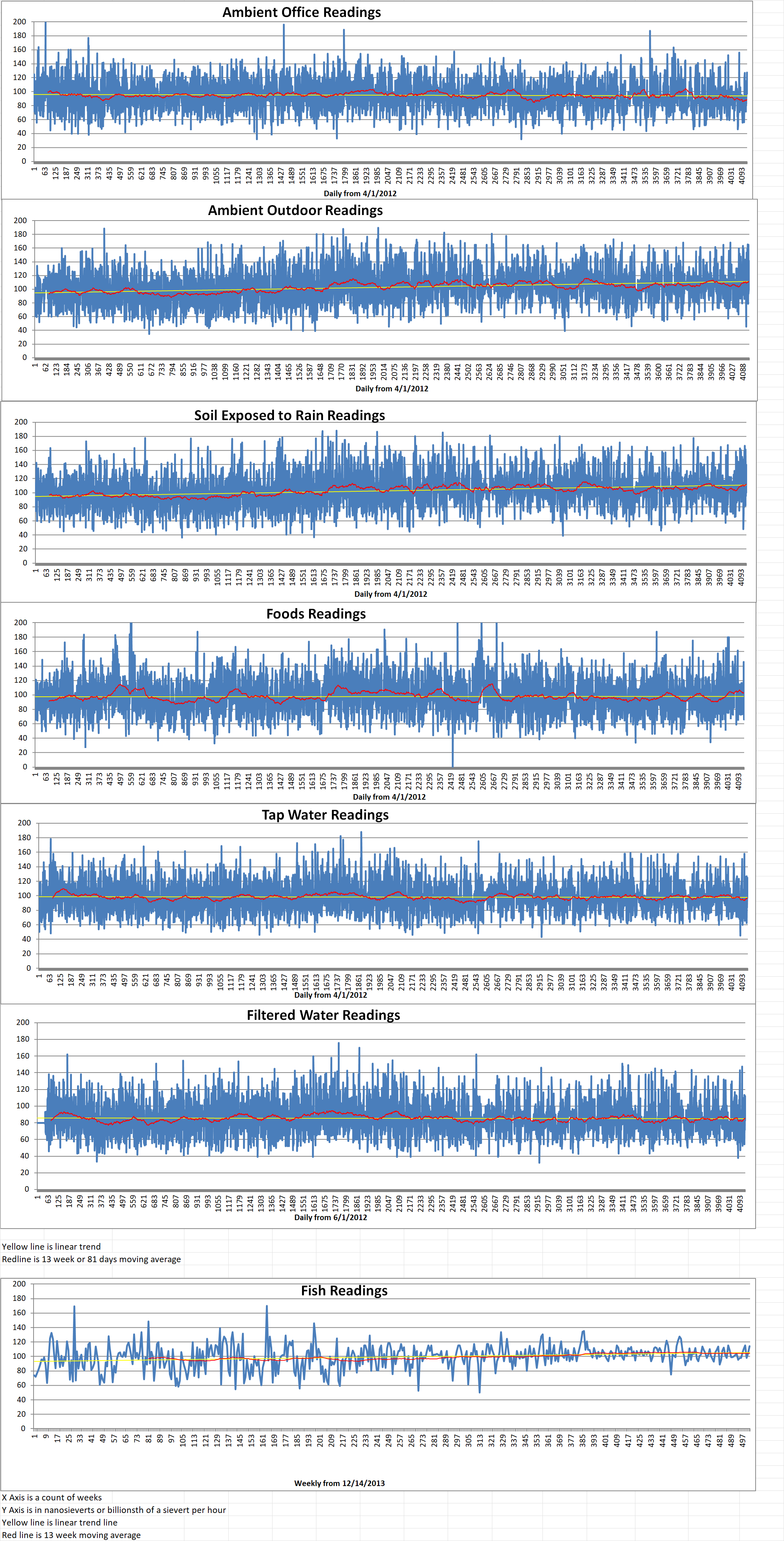
Geiger Readings for January 14, 2024
Ambient office = 80 nanosieverts per hour
Ambient outside = 136 nanosieverts per hour
Soil exposed to rain water = 146 nanosieverts per hour
Green onion from Central Market = 115 nanosieverts per hour
Tap water = 82 nanosieverts per hour
Filter water = 69 nanosieverts per hour
-
Nuclear News Roundup January 13, 2024
Are Nuclear-Armed Nations Entering a New Arms Race in 2024? Experts Weigh In. truthout.org
Nuclear tensions on the Korean Peninsula set to worsen in 2024 icanw.org
Is Kim Jong-un Really Planning an Attack This Time? Nytimes.com
Ukraine war drives shift in Russian nuclear thinking: Study timesofindia.com
-
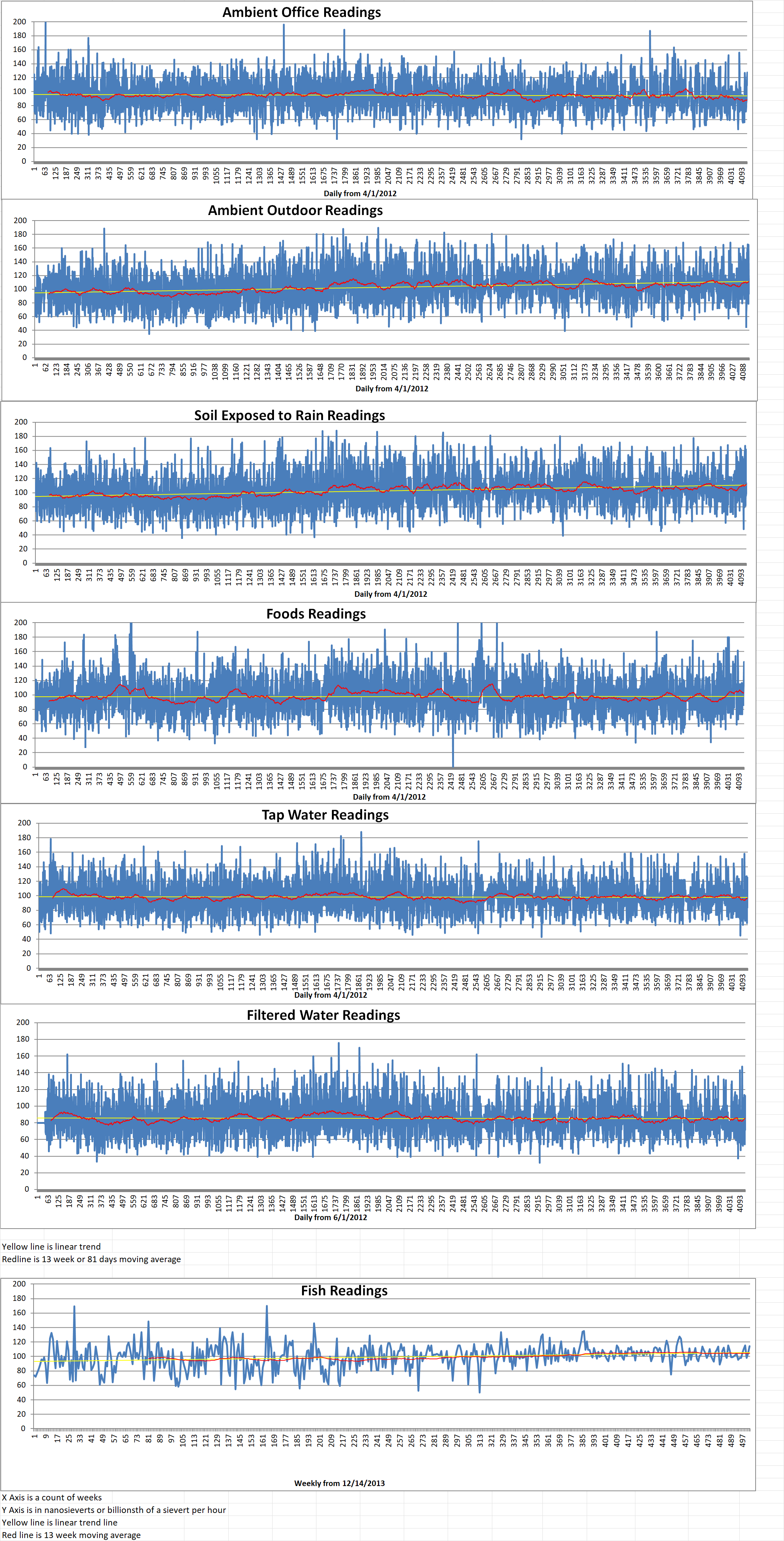
Geiger Readings for January 13, 2024
Ambient office = 87 nanosieverts per hour
Ambient outside = 122 nanosieverts per hour
Soil exposed to rain water = 122 nanosieverts per hour
Blueberry from Central Market = 100 nanosieverts per hour
Tap water = 85 nanosieverts per hour
Filter water = 76 nanosieverts per hour
Dover Sole from Central = 114 nanosieverts per hour
